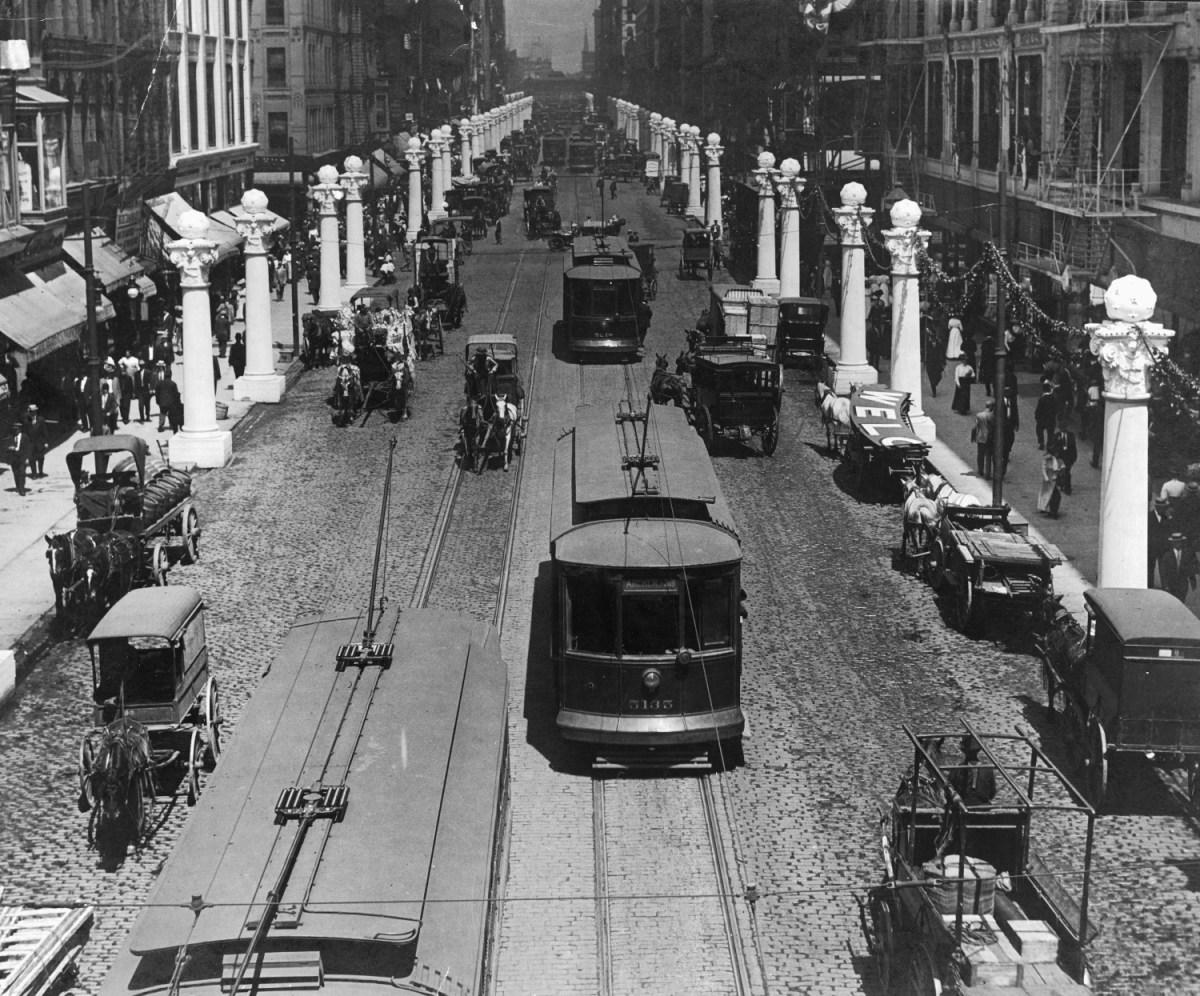You folks seam to lose site of something. The US HAD a very good passenger rail system that was dependable relatively in expensive as high tech as anywhere and covered most of the country.
And it was lucky to break even and folks who had access to it chose NOT to use it when given other options. So why would folks choose differently today?
As I repeatedly point out. Even in Europe the roads are packed with cars. So even in Europe if driving does not suck or cost to much.. people choose cars.
A lot of that is because air travel made the railroads obsolete. HSR only appeals to a very niche market of mostly business travelers who need to get to a city that's far enough away that simply driving there isn't ideal, and that's close enough that it's not worth the hassle of airport security to fly. As we found out in California, even a limited route like San Francisco-Los Angeles doesn't meet those criteria, nor apparently Baltimore-Washington, where another HSR proposal failed.
Looking at some of the arguments I've seen:
A) HSR would improve economic performance in distressed cities, and help promote equity for inner city areas
The reality is that an HSR connection isn't a silver bullet to fix the kinds of issues cities like Baltimore and Chicago face. A few extra dollars from day/weekend tourists or convention goers won't even begin to put a dent in inner cities' problems, especially when you consider all that money will be sorely needed to pay off the exuberant costs of HSR construction in the first place. I would actually wager building an HSR connection from DC to Baltimore, for example, would just exacerbate problems of gentrification, bedroom communities, government corruption, and petty crime.
B) HSR would have demand if it were just built
This is a classic "build it and they will come" mentality that unfortunately has not proven true in the context of economic revitalization attempts for American cities (see Gary's convention center for a good summary of this principle in action). The harsh fact of the matter is that people no longer have a tangible use for cities like Gary, Pittsburgh, Cleveland, Detroit, Baltimore, and many others. Baltimore is not the shipping and steel center it once was, ditto for Gary, Pittsburgh, and the others. Most American cities in the northeast and Midwest are burdened by declining populations, high unemployment, and other issues, not to mention their reputations (true or not) of having high violent crime and low qualities of life. The fundamental issue is that people don't have a reason to travel between these cities, especially not by rail which is slower and less efficient than a car. Building an HSR connection from Cleveland to Detroit would be just like building a line from the ass end of nowhere to the front.
C) HSR is efficient, and would be competitive against other forms of travel
See my response to
@DougM. HSR only appeals to a niche market, a market that, I should add, often has the financial means to blow on a plane ticket or Audi rental if they so desired.
D) HSR would be supported by the government and communities
This is not a given. HSR is extremely expensive, and in a union-dominated and regulations-heavy market like the US, doubly so. Likewise, HSR provides no tangible benefit for cities it isn't connecting. Citizens of Texas' 4th District don't benefit squat from a businessman in DC being able to arrive home a couple hours earlier than normal, and as such Texas' 4th congressman isn't going to just vote for this proposal unless he's getting something in return. HSR would require entirely new tracks to be laid, which would kick up a hornet's nest of eminent domain claims, lawsuits, accusations of inequity in land redevelopment/acquisition, etc. As I noted above, it's likely that HSR could exacerbate fears of gentrification, and lead to protests and even city leaders opting to fight proposals to route HSR lines through certain areas (ala I-70 in Baltimore). Then there's the environmental reviews that would have to happen, which would probably take years.
